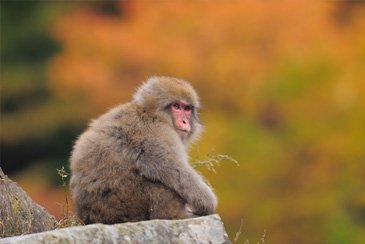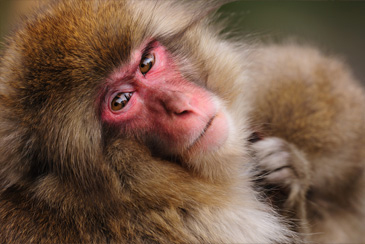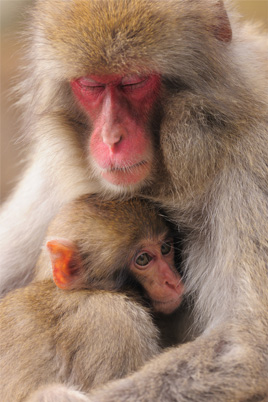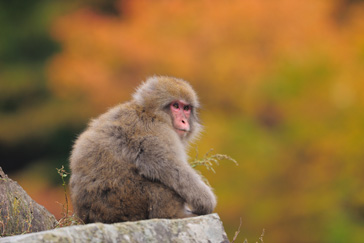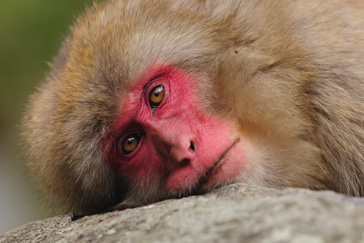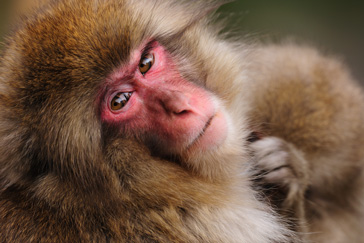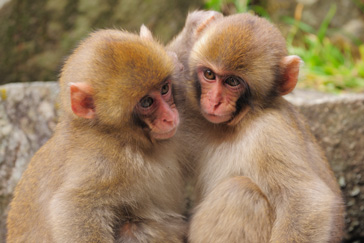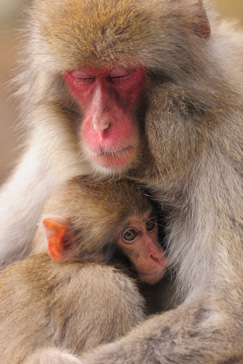In my previous report, I introduced tips for capturing the autumn scenery of the mountainous Shinshu region of Central Japan using the PROMINAR 500mm F5.6 FL (known below as the PROMINAR 500mm). This time I report from the same Shinshu region where I photographed Japanese macaques. Many of Japan's wild animals are nocturnal, particularly those living on the main island of Honshu. Very few species can be photographed in the daytime when it is bright, so there is a better chance of photographing medium and large-sized mammals such as Japanese macaques, serow (a kind of goat-antelope), and deer. Various lenses can be used depending on how close the photographer can get to the subject, but lenses with focal lengths between 300-500mm will generally be the most suitable. When using the PROMINAR 500mm, the two mount adapters TX10 (500mm F5.6) and TX07 (350mm F4) will be ideal. As wildlife photography requires a great deal of walking in the mountains, the PROMINAR 500mm will be perfect as a super-telephoto lens that is compact and highly portable.
Koji Nakano's Telephoto Lens/Scope PROMINAR Report
- Vol.06
- Photographing Japanese Macaques using the PROMINAR 500mm
- PROMINAR 500mm F5.6 FL / TX10
The example photographs on this website were taken using the PROMINAR 500mm F5.6 FL.
